Subscribe at Apple Podcasts, Stitcher, Spotify, Google Podcasts, Overcast, Pocket Casts, Anchor.fm, Breaker, PodBean, RadioPublic, or search in your favorite podcatcher!
Show Updates:
- Comments from social media.
- Rad from Russia wrote an email to tell us that I got a fact wrong when I referred to Ian Hansford as an Elf roadie when he was in fact, as Rad says, the very first DP roadie. Thanks, Rad!
Thanks to Our Patrons:
- Clay Wombacher – $5 tier
- Steve Seaborg (Alltheworldsastage.net) – $5 tier
- Peter Gardow – $3 tier
Lead Up To Album & Writing:
- At this point when Coverdale/Hughes come on board both versions of “Smoke on the Water” are in the American top ten at the same time.
- Glenn Hughes says he was one of the first to arrive at Clearwell Castle to begin writing Burn. He picked a bedroom and unknowingly Ritchie had set up speakers in his closet so in the middle of the night Glenn was awoken to sounds of ghosts.
- They wrote and rehearsed. Coverdale lost his nerve and froze up. Jon Lord took him aside, gave him a few drinks, and said they played a Beatles melody for two hours.
- On September 1, 1973, Coverdale was back up north celebrating his new gig. Hughes, Paice, and Lord got together for a jam session with Hughes playing lead guitar. They recorded two songs, “Don’t Know Yet” and Grand Funk Railroad’s “Some Kind of Wonderful.” These have never been released.

- On September 23rd they announced their new lineup at a press event.
- On October 4th Hughes accompanied Lord to perform on his Windows album. Yvonne Elliman, Peter York, Ray Fenwick were also present. Ritchie went as a spectator.
- In the same month Gillan had bought De Lane Lea studios and renamed it Kingsway.
- In November they returned to Montreux – Burn was recorded in Montreux in November of 1973 again using the Rolling Stones mobile unit.
- Hughes contributed to songwriting but wasn’t able to be given credit due to unexpired contractual obligations. The 30th anniversary release included Hughes in the credits for all track except Sail Way, Mistreated, A 200, and the bonus track “Coronarias Redig.”
- Jon Lord got more into experimenting with synthesizers on this album.
- Lord and Paice agreed to give Ritchie more creative control in this lineup.
- Martin Birch was very patient and supportive of Coverdale in the studio. Coverdale was inexperienced and had only recorded demos up until this point.
- Coverdale’s mind was blown by the quality of the musicianship around him. He felt very self conscious and would stay up all night working on his lyrics and making alternate versions for the band to choose from.
- They set up at the top floor of the convention center in Montreux.
- Glenn had lots of experience in the studio but Coverdale had only recorded a few tracks with The Government and The Fabulosa Brothers.
- Lord says: “David has always been a very self-confident man and if he was overawed to be working with us, it only showed when we were talking between ourselves over a beer later,never during the actual recording.”
- Birch: “It was a much happier session than “Who Do We Think We Are.”
- Coverdale, hopped up on diet pills, was an emotional wreck and considered leaving the band as he wasn’t thinking clearly.
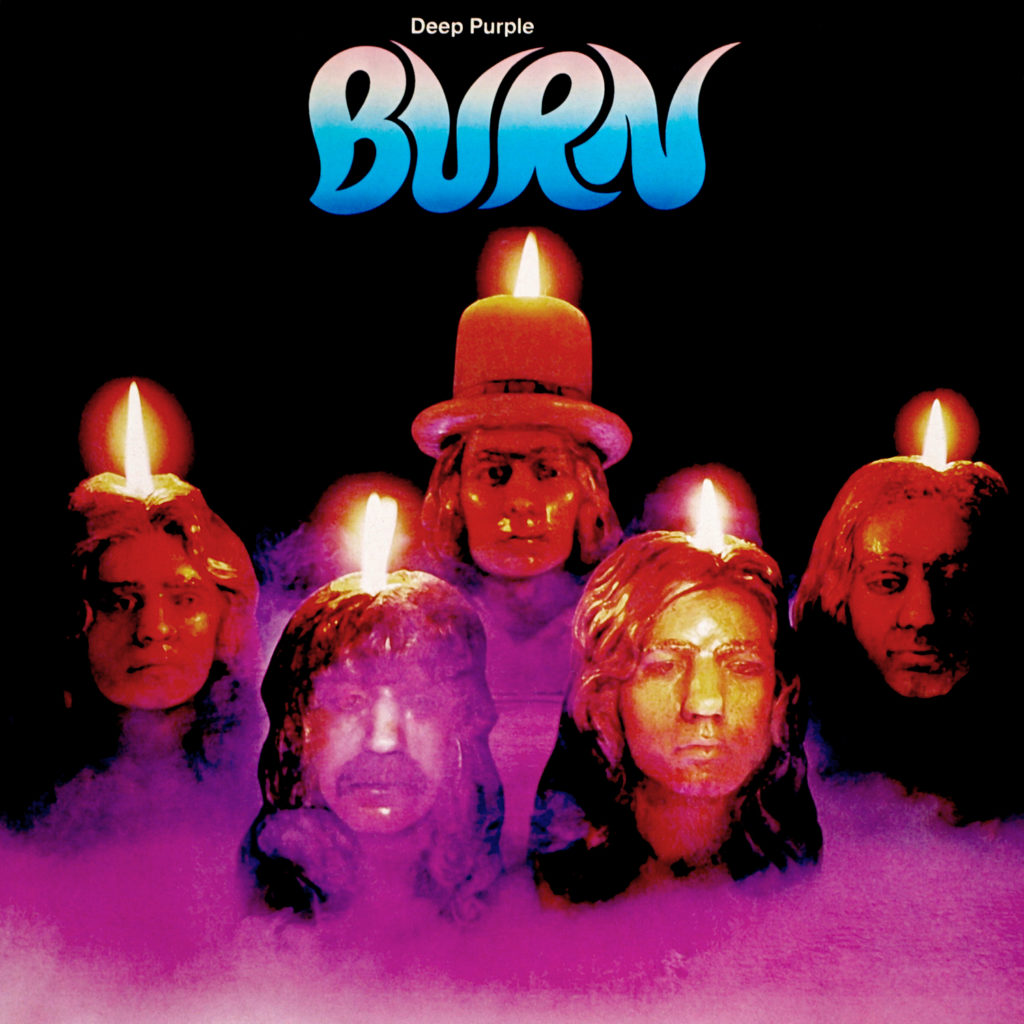
Album Art & Booklet Review
- Design by Nesbit, Phipps, and Froome who did “In Rock.”
- Shot by Fin Costello.
- Candles were specially commissioned but never commercially available. A second unused set was later auctioned off.
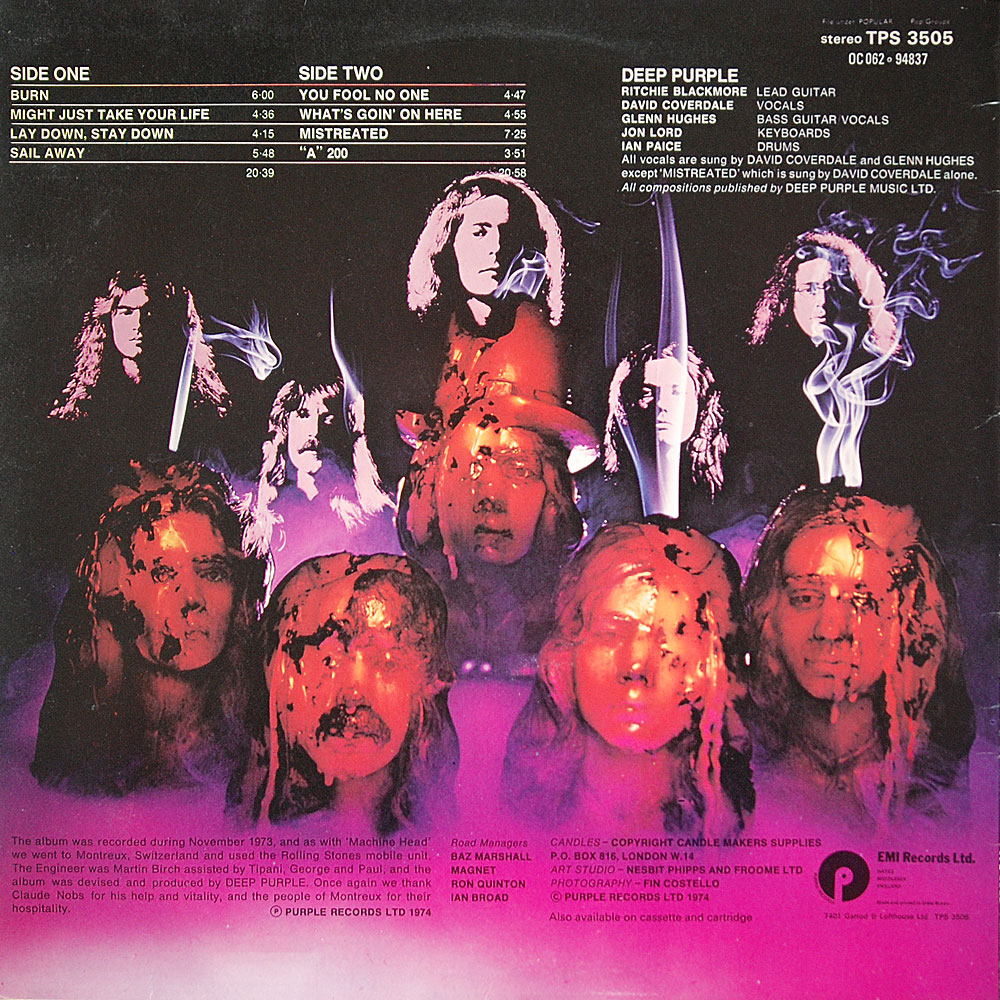
- Candle Makers Supplies created the candles
- Entry on Discogs – only entry
- Candle Makers Supplies
- P.O. Box 816
- London
- W.14
- https://bdeeppurplefanforum.runboard.com/t9284,offset=10
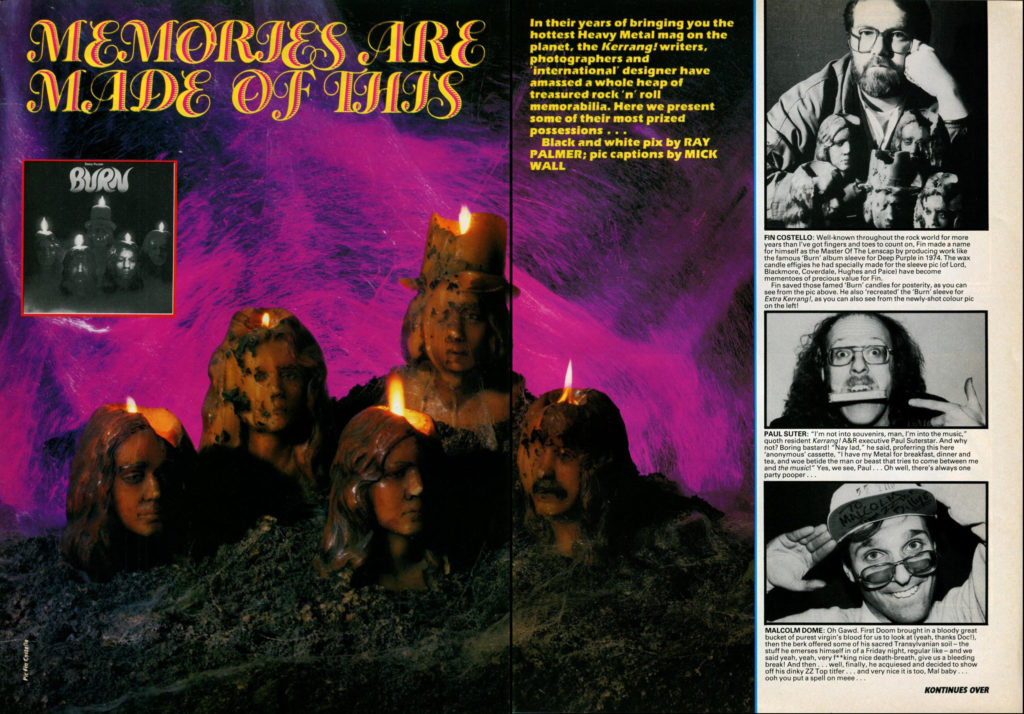
- Nigel Young talks in the Burn booklet about how this was just meant to be a mock up for the band to see the idea he had. It ended up being picked up and used for the sleeve. Years later he relit his candles and shot it again and it was released in Kerrang! Extra Magazine No. 5 in the May/June 1985 issue.
- Thanks again to @JoergPlaner for coming through with these great scans.
Album Details and Analysis:
- All tracks by Blackmore, Coverdale, Hughes, Lord, Paice except where indicated.
- Burn
- Written in the dungeon of the castle.
- One of the last songs written for the album. Hughes wrote the middle parts, the parts he sings. They knew they were going to divide up the vocals from the beginning but had to sort out who was taking each part.
- Hughes said there was no competition for vocals and described it by saying it was more “you take this part, no after you.”
- Coverdale wrote several sets of lyrics for this song and Blackmore chose his favorite.
- One was called “The Road.”
- Lord: “David had some trouble with Ritchie because he wanted a certain type of lyrics. He wanted songs about demonology, mythology, that type of thing.” You can see why he ended up in a band with Dio.
- Coverdale: “I had some problems in finding the lyrics, I wanted them to have a modern setting yet give a surrealist flavor. Ritchie and I wrote “Burn” but Jon put the classical progression in, which to me is brilliant.”
- Hughes talks about taking PCP (Accidentally) for the first time during recording Burn. His girlfriend sent him a letter. Blackmore recalls Hughes crawling around behind the drumset asking Ritchie why his head was expanding in size. Ian took him out for a walk.
- Jerry Bloom reports that the riff for this song was inspired by the 1936 song “Fascinating Rhythm”
- https://www.youtube.com/watch?v=IRSmEMc8vvA
- Blackmore: “I came up with the riff on the spur of the moment while we were jamming. Jon took a tape home a few days later and his wife at the time pointed out the similarity. Maybe subconsciously I was playing that but it worked very well.”
- At the end of the song there’s a big mistake where Ritchie accidentally hit his fingers on the strings. Everyone said it sounded natural so they left it in.
- Might Just Take Your Life
- Song started by Jon Lord laying into this organ riff.
- Written at Clearwell with different lyrics and a chorus about “rock and roll.”
- Lyrics tell the story about how Coverdale and Hughes ended up in Deep Purple. Talks about people who laughed behind their backs when they talked of joining the band.
- Single released three days before the album on Feb 12, 1974. Did not chart
- B-side was “Coronarias Redig”
- First UK single since “Never Before”
- Riff reminiscent of Woman From Tokyo
- No guitar solo! So the last 2 out of three DP tracks have no guitar solo!
- Steve Pilkington says in his book on Track Deep Purple and Rainbow:
- This lyric is the first example of what would become something of a Coverdale trademark of the ‘drifter without a home and needing no friend’ song. There would be many variations on the theme over the years.
- Coverdale says this song was influenced by “Chest Fever” by The Band.
- Lay Down, Stay Down
- Original title of “That’s Alright.”
- Paice says it’s his favorite on the album.
- Blackmore wrote the riff.
- First song recorded for the album.
- Ian Paice is just doing a drum solo the entire song.
- Coverdale says this was how he was broken into the band and this was one of the first lyrics he’d ever written.
- Sail Away (Blackmore, Coverdale)
- Wanted to release this as a single but record company said “Might Just Take Your Life” was more commercial.
- Starts with backwards cymbal.
- Shows the direction Blackmore was looking to go.
- Talks about “getting old.”
- Tune Ritchie had been holding back from the Mark 2 lineup.
- Verse lyrics were changed in the studio.
- David holds it up as a sign of them going into a more funk/rock direction.
- David did it in a lower register but didn’t think it sounded right. Jon and Ritchie convinced him that it sounded great.
- Blackmore’s solo is using a Synthi Hi-Fi guitar synthisizer with slide on the fade out.
- You Fool No One
- Paice came up with the drum pattern.
- Ian Paice was dripping with sweat after four takes and reportedly upset that others in the band weren’t keeping up. He threatened to walk out and they got it on the next take.
- Successor to “The Mule” in the live set.
- Coverdale/Hughes together on verse, trade choruses.
- This was a long jam number live going 15 minutes.
- What’s Goin’ on Here
- Hughes describes this as something they put together in the studio as a throwaway bit of fun.
- Jon on piano.
- Steve Pilkington says: “Lord is also clearly having a good time but, with his rather unfortunate barrelhouse honky-tonk piano solo, that enjoyment fails to extend to the listener.”
- Mistreated (Blackmore, Coverdale)
- Hughes announced this song live as a song Ritchie had written a couple of years ago. Another that he held back from the Mark 2 lineup though it was considered for “Who Do We Think We Are.”
- Only track where Coverdale sings alone.
- Recorded from 11pm to 7:30am.
- At first playbacks Coverdale thought it was terrible. It was so bad that he sat down and cried because he wanted it to be good.
- The next night they had another session and nailed it on the second take.
- Coverdale: “It’s like a progressive blues. I wasn’t raised in a shack by the railroad tracks but I’ve still had emotional hassles and that’s the only kind of blues I can interpret. I tried very hard because I knew it was essential to get the strong emotive quality the song needs. The thing I wanted was for somebody who was listening to the song to thing ‘I know what he’s talking about’ and the feeling, then the song would be worth it. It’s essentially a physical feeling. The reason it didn’t come off straight away was simply that I was trying too hard.”
- Longest track on the album.
- Coverdale and Hughes were very proud of their multi-tracked harmonies at the end of the song. When Blackmore showed up he said, “You can’t hear the guitar solo for the voices…”
- Coverdale said you could hear a pin drop after the volumes were lowered.
- This would be played by Rainbow, Dio, Whitesnake, Glenn Hughes,
- Coverdale and Hughes spent all night crafting vocal harmonies in the studio only to have Blackmore come in the next morning and say they were overpowering the guitar and lower them all in the mix.
- ‘A’ 200 (Blackmore, Lord, Paice)
- Originally titled “Touching Cloth.”
- Written in the studio.
- First time an eighth track would appear on a Deep Purple album in years.
- A 200 was the name of a cream used to treat crabs and apparently the band was familiar with this particular ointment.
Reception and Review
- There are only three dates on the reels, 11/8, 11/12, 11/14. Was this completed in only three sessions?
- They recorded for two weeks before returning home. Album was mixed at Kingsway Recorders which was a studio owned by Ian Gillan.
- Martin Birch did the mix and reportedly Ian Paice to his side watching the drum levels. All others were coming and going.
- Glenn: “It was too basic rock for me. I wasn’t into that kind of material. I had to work with Jon and Ritchie to really get into that kind of music.”
- Lord: “It had been worked on in rehearsal and thought out beforehand instead of albums where we just jammed in the studio until a song arrived. The only track where that happened was the instrumental and that was only because I wanted to use a synthesizer.”
- Album was released on 2/15/74. Was almost late because of a worldwide shortage of vinyl. What??
- Album hit #3 in the UK, #9 in the US and #1 in 4 European countries.
- Mostly positive reviews. Two standout bad reviews:
- Rolling Stone Review: Burn by Ken Barnes April 25, 1974
- Deep Purple’s first album since last year’s departure of vocalist Ian Gillan and bassist/composer Roger Glover is a passable but disappointing effort. On Burn, new lead singer David Coverdale sounds suitably histrionic, like Free’s brilliant Paul Rodgers (rumored to have been Purple’s first replacement choice). But the new material is largely drab and ordinary, without the runaway locomotive power of the group’s best work.
- The title track is a notable exception, attractively energetic, with appropriately speedy instrumental breaks. And “Sail Away” is a Free-like mesmerizer. “Mistreated” again sounds like that lamentedly extinct group, but is flaccidly lengthy (7:25).
- They fill out the LP with the relentlessly mediocre single “Might Just Take Your Life,” the stodgy blues-rocker “What’s Goin’ On Here,” the commonplace Cream-like funk riffs and harmonies of “You Fool No One,” and with a tedious Moog/bolero instrumental retread applying the coup de grace. Much of the LP is skillfully wrought and likable, and the new line-up has potential. But the Gillan/Glover spark that created “Highway Star” and other memorable Purple smokers is regrettably absent.
This Week in Purple History . . .
August 19 through August 25

- August 19, 1945 – Ian Gillan is born

- August 21, 1951 – Glenn Hughes is born
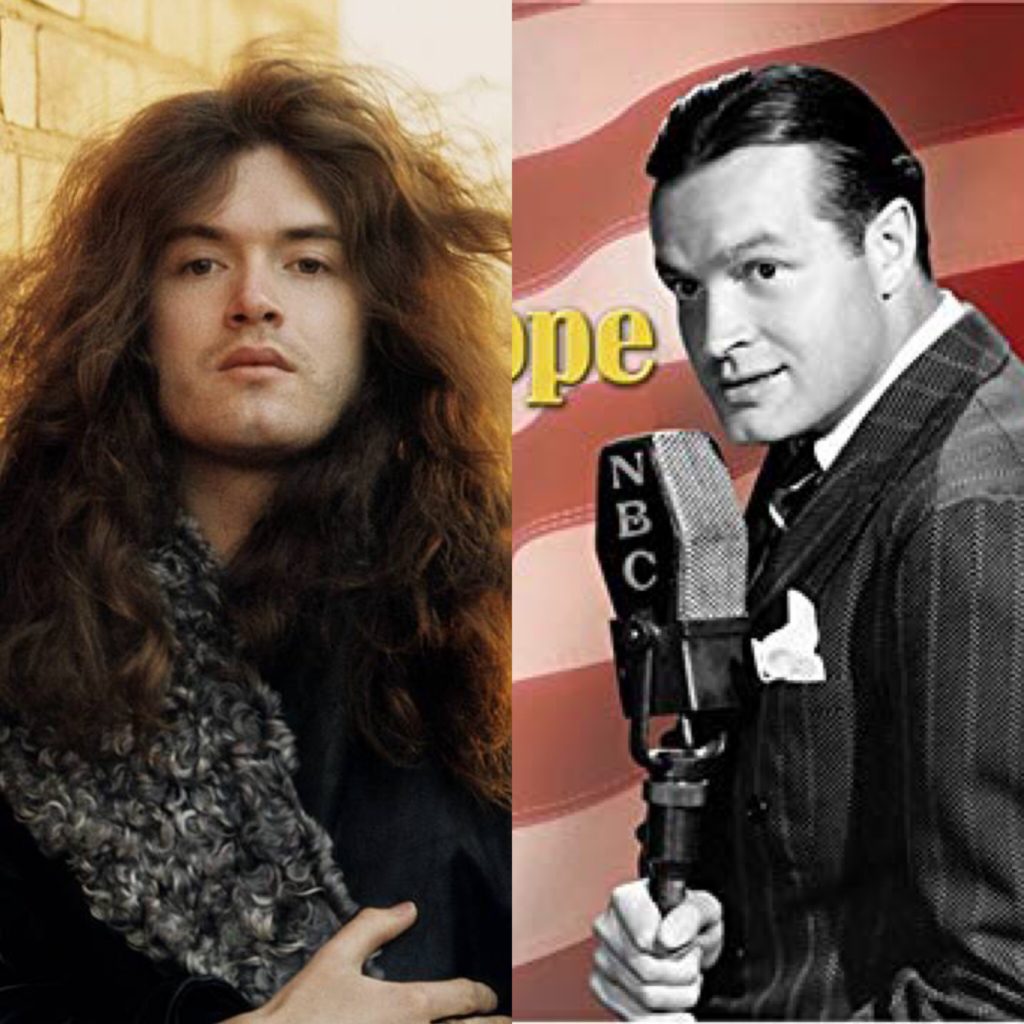
- Glenn Hughes and Bob Hope for reference
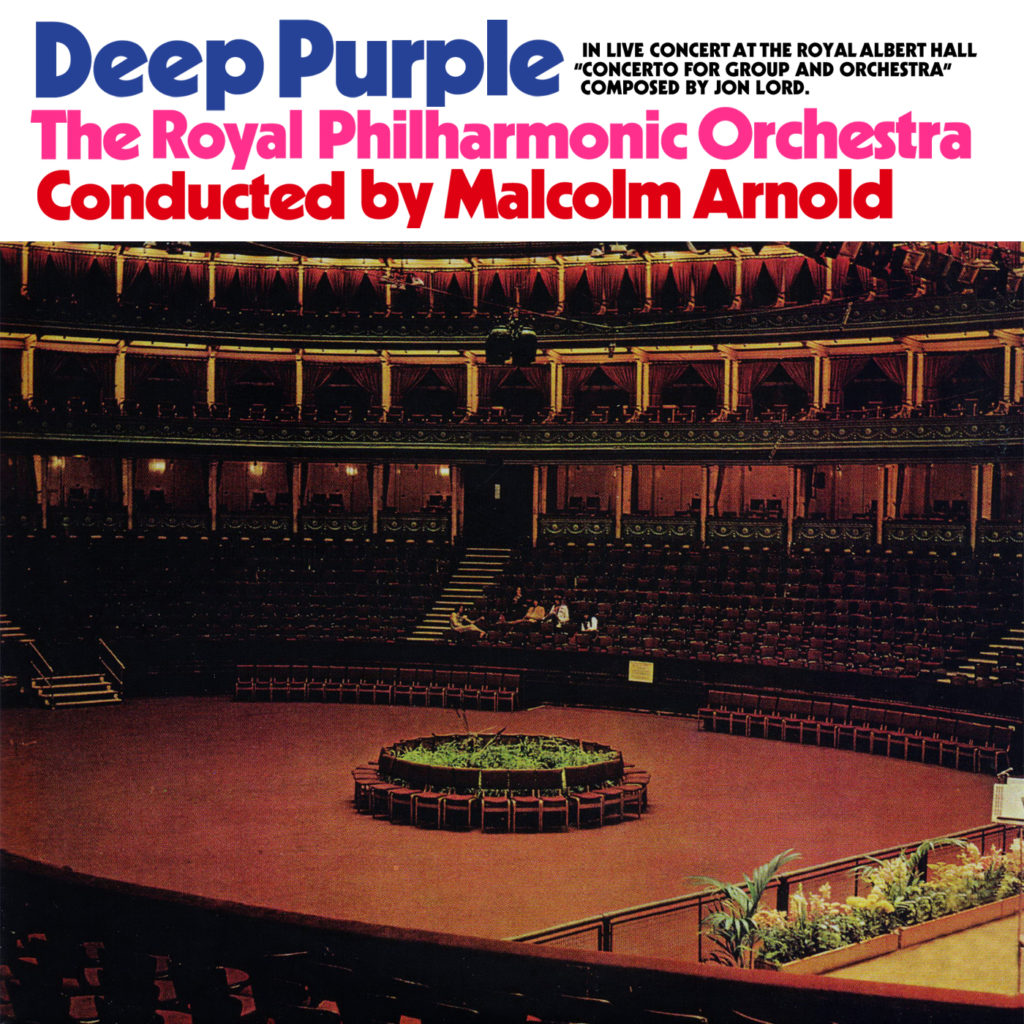
- August 25, 1970 – Concerto for Group and Orchestra was performed for the last time at the Hollywood Bowl
For Further Information:
- Deep Purple: A Matter of Fact by Jerry Bloom
- Smoke on the Water: The Deep Purple Story
- The Road of Golden Dust: The Deep Purple Story 1968-1976 by Jerry Bloom
- Deep Purple: Complete Uk Vinyl Discography 1968-1982 By Neil Priddey
- Glenn Hughes The Autobiography: From Deep Purple to Black Country Communion by Glenn Hughes
- Sail Away: Whitesnake’s Fantastic Voyage by Martin Popoff
Listener Mail/Comments
- Comments about the show? Things you’d like us to cover? We’d love to hear from you. Send us an email at info@deeppurplepodcast.com or @ us on Twitter, Facebook, or Instagram.
